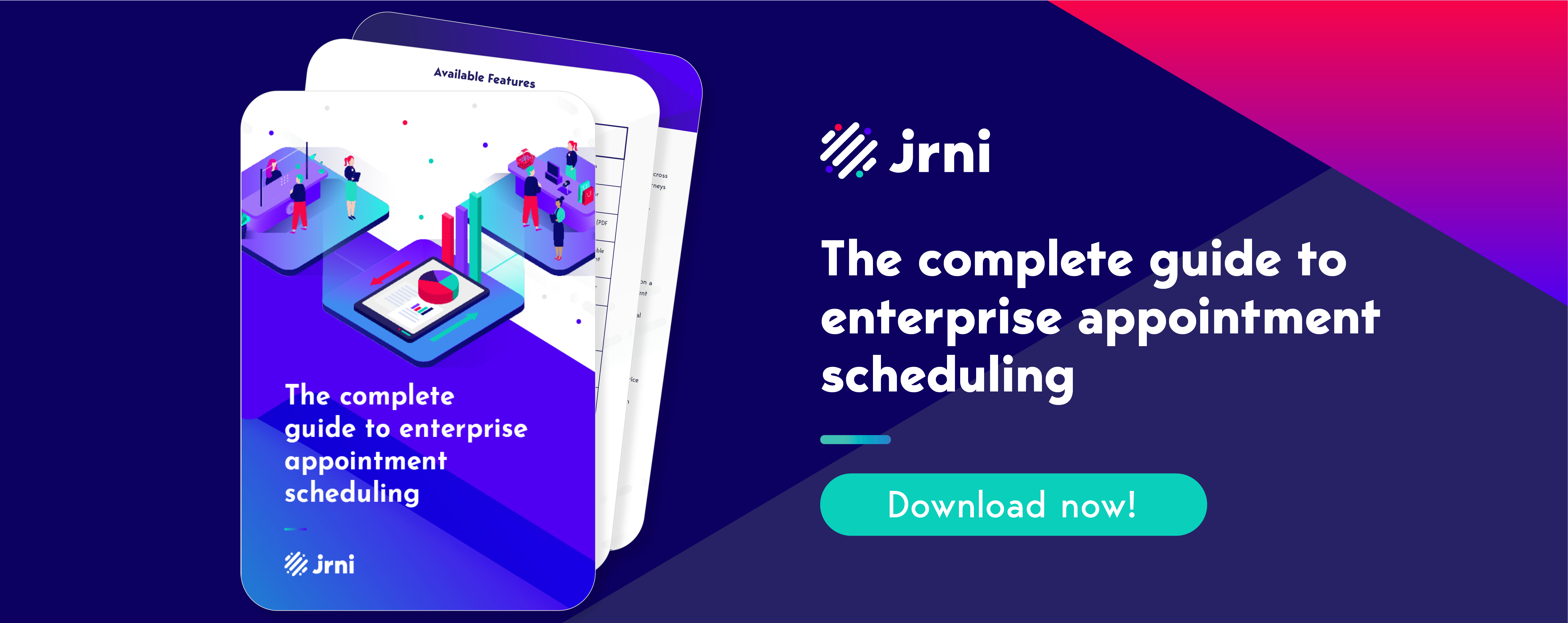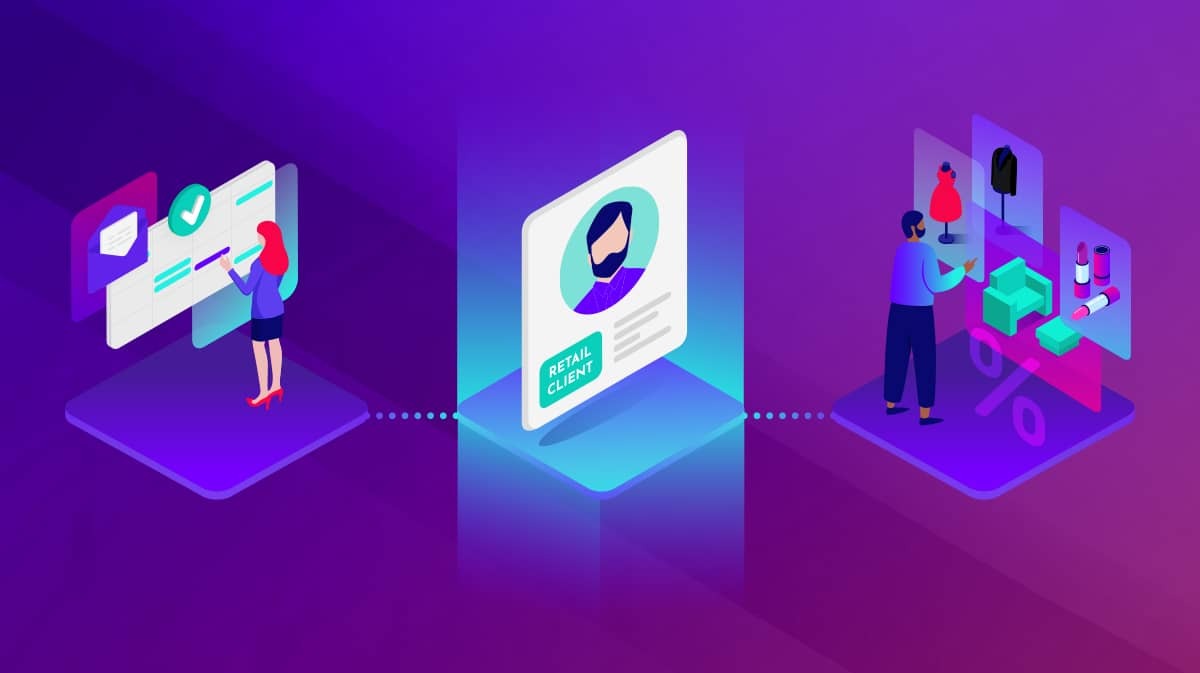Many companies who embark on the process of implementing new technology have to answer one key question first:
“Should I build or should I buy?”
It’s a great question, and it’s worth giving it due consideration. In this blog, we break down the top 5 questions you should ask yourself before building your own appointment scheduling solution.
How much will it cost?
One of the reasons companies consider building technology instead of buying it is because they think it is the cheaper option. But make no mistake - building a product is expensive, and appointment scheduling is no exception. Developing and delivering a core feature set - not even including the cost of assessing requirements, which is quite a large project for non-experts - is likely going to cost about $2M in terms of human capital. Then, once the product is live, the annual hosting, maintenance, and development costs are likely to total around $1.5M per year.
Do we have the in-house expertise?
Building an appointment scheduling solution requires complex backend logic with the ability to manage multiple locations, types of appointments, staff members, time zones, and more - as well as any integrations (such as with CRM systems, other calendars, etc.) that might be necessary. At a very high level, if you plan to build your own scheduling solution, you should have a clear understanding how to manage the following considerations:
- Multiple locations. How will you give your customers the ability to choose among a number of geographic locations?
- Multiple types of appointments. How will your system know which appointment types to offer, especially when appointment types vary from location to location?
- Time zones. How will you account for customers booking from different time zones?
- Languages. If you have locations in multiple countries, how will you handle translating your platform into different languages?
- Customer data. How are you going to know who is coming in, and what other experiences you’ve already had with them?
- Employee data. How are you going to keep track of which employees can deliver which kinds of appointments?
- Security. How are you going to make sure you’re securely managing all the data that passes through your scheduling system?
- Integrations. How are you going to integrate with other key systems like Salesforce, Microsoft, payment systems, and more?
- User experience. How will you make sure you’re providing an optimal user experience, and how will you make sure you’re continually monitoring it for improvements?
- Accessibility. How will you ensure your appointment scheduling solution adheres to WCAG 2.1 guidelines for web accessibility?
- Reporting. How will you report on data from your appointment scheduling solution so that you can learn how to optimize your strategy?
How will you monitor the market to understand necessary new features?
Building an appointment scheduling solution isn’t a “set it and forget it” kind of deal - as market needs evolve, so should your solution. The COVID-19 pandemic is a great example of how this must be true. If you’d had your own solution during this time, would you have had the resources to add unexpected but necessary features like the ability to host remote appointments or virtual events?
Although a pandemic is certainly an extreme example, it’s important to understand that user expectations evolve - and you have to have the resources necessary to make sure that any technology you build evolves along with them.
How will you train employees to use the solution?
Once you build a new solution, you actually have to teach your employees to use it. Do you have the resources necessary to launch initial training - and make sure that documentation is kept up to date, or that a training program is in place, for when new employees come on board. A technology solution can’t be effective if its users aren’t using it effectively - and proper training is a key element of this process. If you don’t have a plan in place for this element of your appointment scheduling solution, as well as resources to support it, you’re going to need them.
How will you provide support if there are problems with the solution?
Build it and they will come...and also occasionally break things, probably. No technology is failproof, and you need to be ready with a plan for support when employees need help. Do you have an internal support team in place that can handle an issue with your appointment scheduling solution? Do you have a customer-facing support team that can address any problems your own customers might have when trying to book an appointment? Both of these are absolutely crucial when building technology - especially technology that will have a customer-facing element to it.
Closing thought
Building versus buying is a complex decision that is dependent on the organization in question and the teams it has in place, but we think Brendan Witcher of Forrester Research summed it up best:
“There is no reason to ever build a technology that doesn’t create a differentiator for you.” - Brendan Witcher
Appointment scheduling used to be a differentiator, but it isn’t anymore. Now it’s a must-have. And in most cases, relying on an existing solution built by experts is going to be the easiest - and the cheapest - solution for your company.




